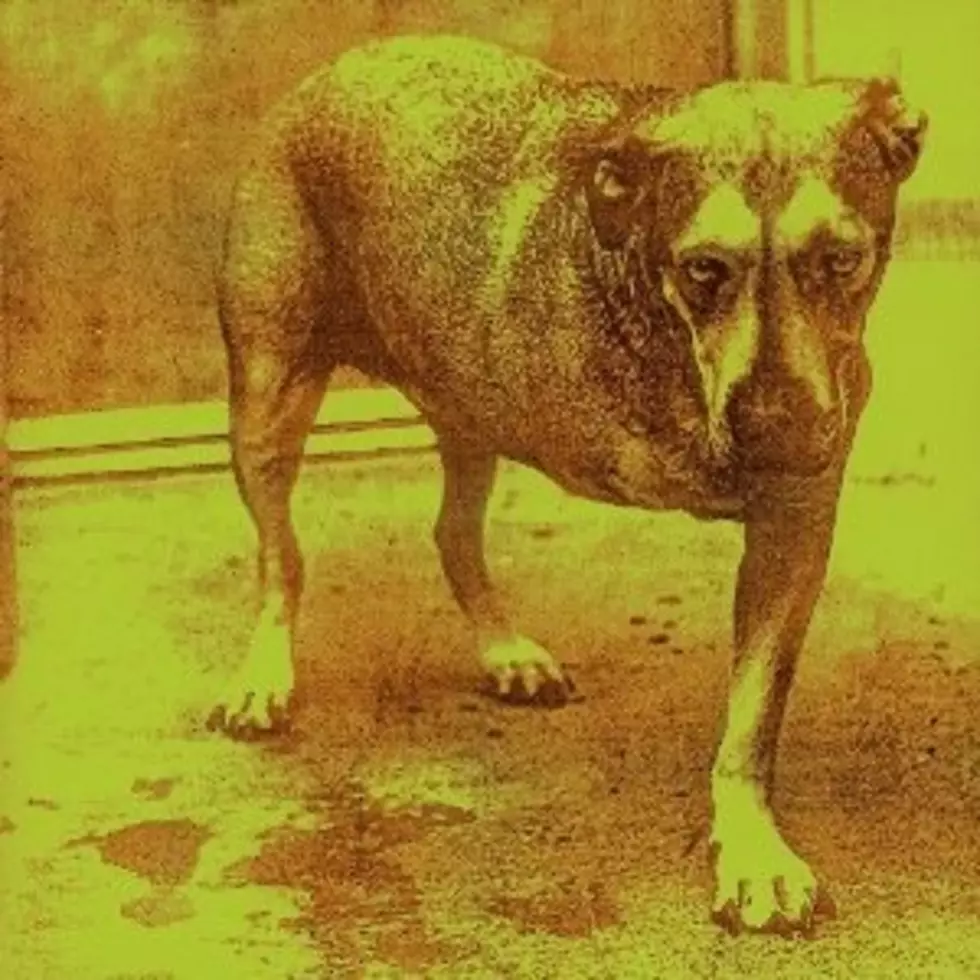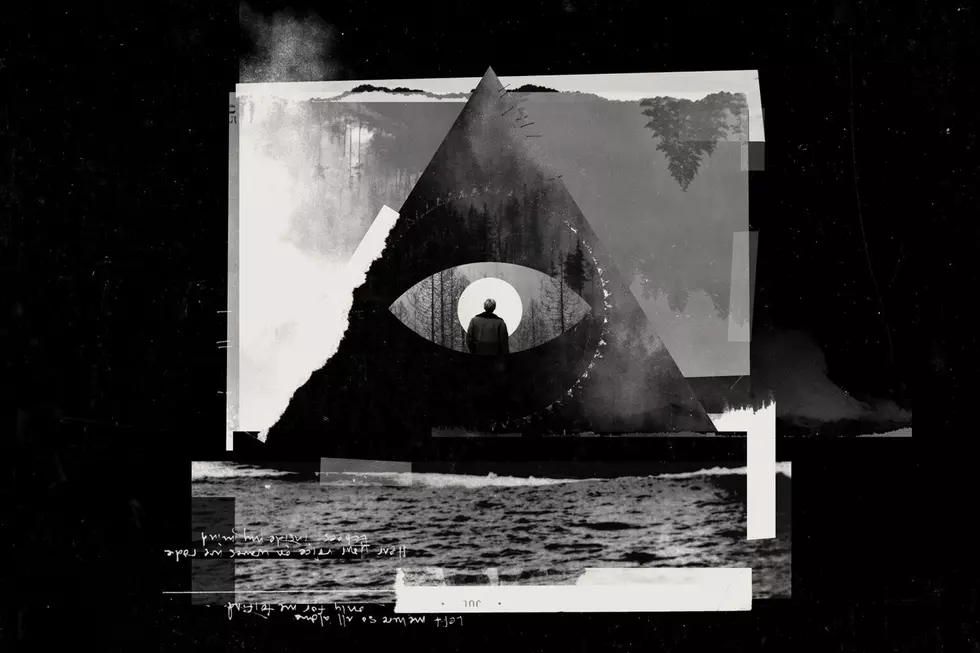
20 Years Ago: Alice in Chains Release Their Self-Titled Third Album
"Alice in Chains' self-titled third album is the undeniable sound of a band falling apart – but that doesn't mean it isn't still great." That's how we kicked off our commentary on Alice in Chains when we ranked the band's discography from Worst to First.
But before all that, Alice in Chains were among the first of the Seattle bands to earn a spot at the major label trough, having signed with Columbia in 1989. Facelift, their metallic first album for the label, was released in August 1990 -- a month prior to Soundgarden's major label debut, and an entire year ahead of both Pearl Jam's Ten and Nirvana's Nevermind.
It was a remarkable debut, but the best was yet to come. In the fall of '92, the band released Dirt, which is their most successful album both commercially and artistically. Alice in Chains toured relentlessly in support of Facelift, but drug addiction badly marred the Dirt tour. Bassist Mike Starr survived an overdose while on the road (allegedly thanks to Staley's intervention) and found himself out of a job as a result. (Starr was replaced by current Alice in Chains bassist Mike Inez.) With their singer in much worse shape than their original bassist, the band cut the tour short in hopes of getting Staley healthy.
Staley entered rehab after 1994's Jar of Flies EP was released, reportedly one of 13 visits he made during his short life. How successful that particular round of treatment was is hazy, but the singer was healthy enough to begin work on the band's eagerly anticipated third album. Staley recalled in a 1996 interview with Rolling Stone that rumors of his death were so prevalent that simply being alive was enough to shock fans: "I was in San Francisco at Lollapalooza, and this girl walked up to me and stopped like she'd seen a ghost. And she said, 'You're not dead.' And I said, 'No, you're right. Wow.'"
Author John Wiederhorn made clear in the article that the frontman was clearly strung out:
Staley's frail frame is swallowed up by a blue warmup jacket and white T-shirt... His head is bound by a white spotted bandanna, and a small scab above his right eye sets off his pale skin. A pair of black gloves covers his hands... Last night at dinner the gloves were gone, but the sleeves of his white oxford shirt were buttoned between the thumbs and forefingers... When he returned from a trip to the bathroom, his sleeves were unbuttoned, exposing what appear to be red, round puncture marks from the wrist to the knuckles of his left hand.
This is essentially the story of Alice in Chains: button up the sleeves, cover the track marks and hope nobody notices. In the same article, guitarist Jerry Cantrell refers to the making of the album as "often depressing" and "getting it done felt like pulling hair out." If there was a silver lining for Cantrell in his bandmate's compromised state, it's that it freed the guitarist to move from harmony to lead vocals on three tracks: "Grind," "Heaven Beside You" and "Over Now." He also served as lyricist for these three cuts, a role normally filled by Staley. Either the band, their management, the label or all of the above agreed that these were three of the album's strongest songs, as all they became the first three singles. Of the three, "Heaven Beside You" stands out for its beautiful, nearly Beatles-esque chorus:
Cantrell told Rolling Stone the song was written in the aftermath of his breakup with his girlfriend of seven years due to his infidelity. "I still love her, but I'm too much of a f----g wolf. I kill, attack, move on," he told the magazine. "It's so tough when you're so used to being hard. You can't tell an oak to be a pine."
For his part, some of Staley's lyrics were as drug-addled as the singer himself. That was nothing new; after all, Dirt is riddled with drug references. Write what you know, and besides -- the dark horror show of America's underbelly was what fans wanted from the band's music. Nobody bought an Alice in Chains album expecting shiny songs about yoga and recovery and, despite the increased melodies, there are still plenty of heavy moments throughout the album.
And people did buy the album. Alice in Chains debuted as the No. 1 album in the U.S. when it was released on Nov. 7, eventually selling more than 3 million copies around the world. Critics were mostly kind to the album at the time, but events conspired to make it the coda on the original band's career. Layne Staley was never healthy enough to record with the band again -- at least not a full album. The band recorded "Get Born Again" and "Died" in 1998 for the odds and sods collection Music Bank, and that was that. In 2002, he was found dead in his condo, a needle stuck in his thigh and another in his hand. He weighed 86 pounds.
We'll never know. The best we can do is spin Alice in Chains two decades later and wonder what would have been next for one of Seattle's first and finest alternative bands.
Worst to First: Every Alice in Chains Album Ranked
More From Diffuser.fm









